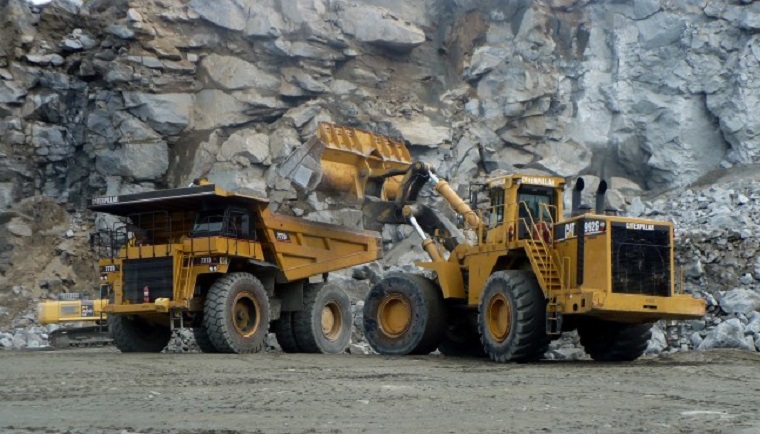RBZ’s export incentives from 05 May 2016 to 31 December 2017 sterilised mineral royalty revenue by a discounting factor of nearly 86%. This obviously hurts the government’s desire to create fiscal space, when revenue generation is constricted by toxic incentives
But is the 2018 monetary policy statement, themed “Enhancing financial stabilisation to promote business confidence,” tooled to support mining sector led contribution to socio-economic development? This monetary policy was crafted in the context of:
- cash shortages that are choking the formal trade
- the central bank’s gold support fund, although a welcome development, will only benefit a few and there is no clarity on how men and women are benefiting from the fund currently
- moratorium to facilitate recoupment of externalised money and assets
- ballooning government debt crowding out private sector access to capital
- and complaints by Civil Society Organisations (CSOs) that export incentives have sterilised mining royalties.
This articles specifically focuses on rationality of the export incentive scheme where it pertains to mining.
To stimulate export earnings, RBZ introduced a five percent export incentive scheme in May 2016. Mining as the largest exporter automatically became the largest beneficiary of the scheme. During public pre-budget consultations, CSOs like ZELA raised concern that the scheme would sterilise royalties in the mining sector.
Furthermore, the incentives are an unnecessary sweetheart deal to a sector that largely exports raw minerals. A sector whose resource base is finite which Treasury and civic society have often accused of not fairly contributing to community development and where illicit financial flows remain a major concern.
The mining sector received export incentives amounting to $117 581 297 from 05 May 2016 to 31 December 2017. Looking at annual revenue performance reports produced by Zimbabwe Revenue Authority (ZIMRA), the only distinct mineral revenue stream is royalty income. In 2016 and 2017, mineral royalties’ contribution was $62 901 509.54 and $136 013 3018.23 respectively.
Considering that mining sector received $117 581 297 as export incentives from 05 May 2016 to 31 December 2017 and paid $136 013 308.23 royalties in the same period, January 2016 to 31 December 2017, in real terms, mining paid royalties amounting to $18 432 011.23.
Effectively, royalties were discounted by nearly 86 percent as a result of the incentives. Royalties are a reliable and predictable income stream which is less sustainable to tax evasion and tax avoidance, unlike profit based taxes.
Continued next page
(114 VIEWS)
